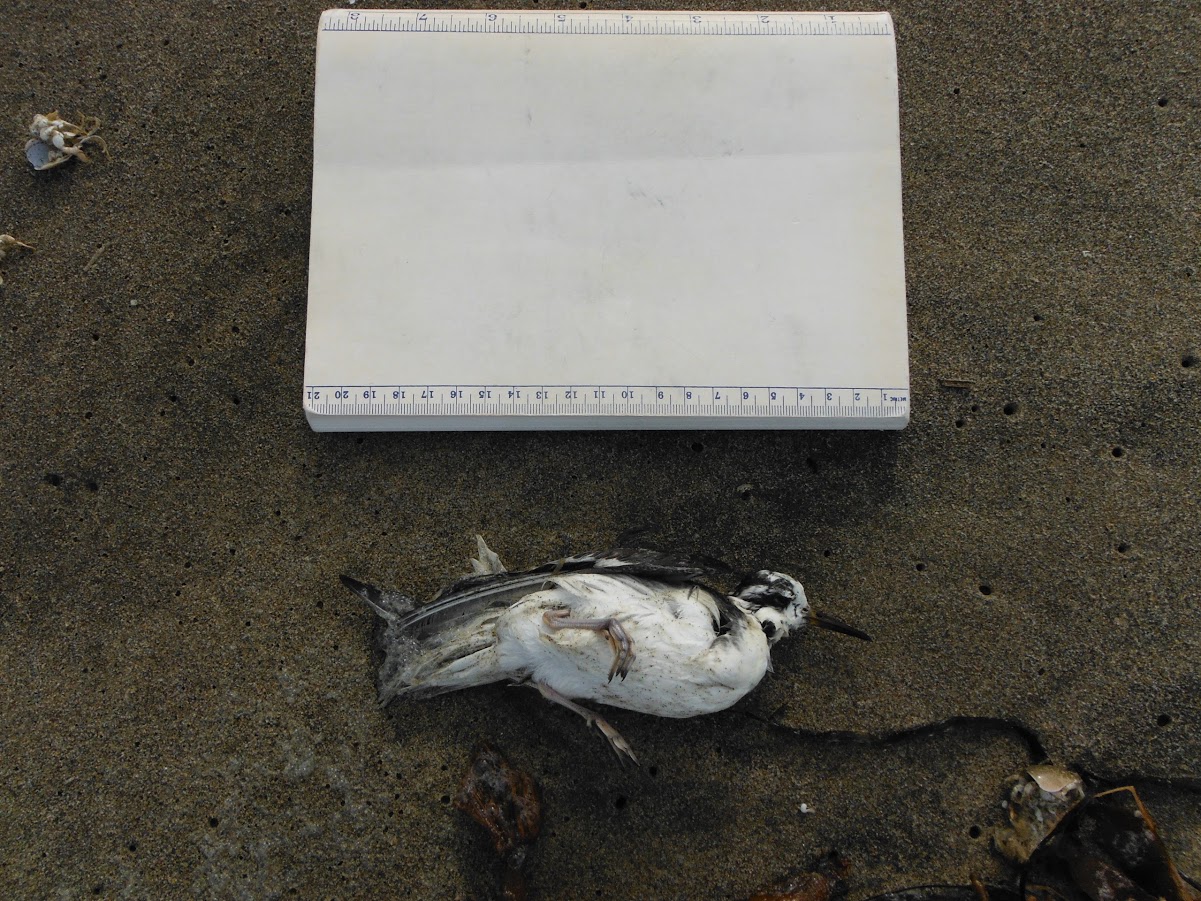PROSPECTIVE VOLUNTEERS
Prospective Volunteers
Why should I become a Beach COMBERS Volunteer?
- Participate in local resource management
- Gain skills and knowledge in science and natural history by becoming a Citizen Scientist
- Practice stewardship of your local beaches
- Join a group of dedicated citizens!
Participate in Field Work
BeachCOMBERS volunteers work in pairs to sample pre-defined beach segments once a month. Volunteers must possess skill in identifying live and dead marine birds and mammals, often decomposed or scavenged. Volunteers receive training on how to survey a segment of beach, identify marine birds and mammals, and document observations. Beach segments are approximately 5 km in length and surveys take an average of 4 hours to complete. Volunteers must be willing and able to walk long stretches of sandy, uneven terrain, often remote from human services. This requires a reliable commitment, but is extremely rewarding for those involved.

Attend a training lecture to learn about:
- Purpose of program and its importance
- Short-term and long-term program goals
- Review of similar programs
- Role of volunteers
- Sampling design and methods
- Data form descriptions
- Proper completion of data forms
- Toe clipping methods
- Natural history of local marine birds
- Description of designated beaches
- Seabird Identification
- Slides of major orders and families
- Study skins of local species at MLML
- Marine mammal and sea turtle identification
- Slides of local marine mammals
- Skulls and dentition of marine mammals
- Study skins of local pinnipeds
- Beach assignments and pairings
- Distribution of sampling equipment
Last Updated: 26th October, 2017
Supplies Provided to Participants
- Clipboard
- Tape Measure
- Clippers
- Waterproof Sharpie pen
- Beached Marine Bird and Mammal Guide
- Hemp rope to mark pinnipeds
- Pencils
- Bird identification guide (National Geographic)
- Plastic trash bags (for fresh carcasses)
- Clean gloves
- Rubber gloves
- Collection Permit

